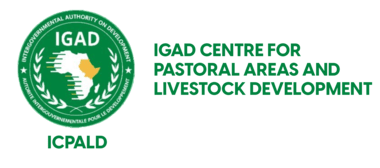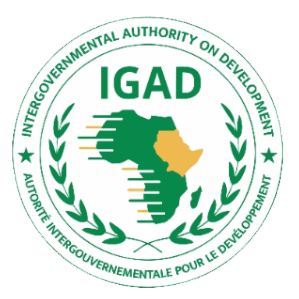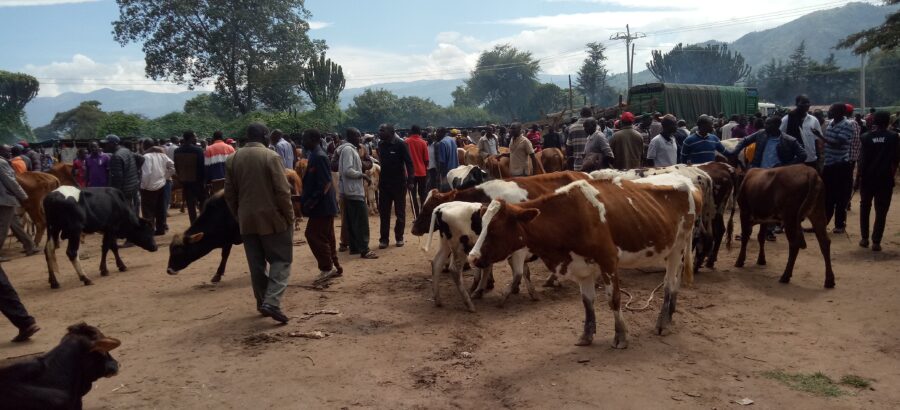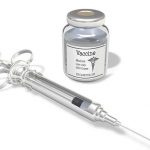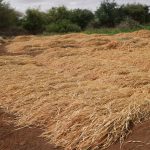Background
Pastoralism in Uganda is a diverse livelihood, with the main concentration in livestock accompanied by a degree of mobility. It also involves a combination of other activities such as agriculture, trade, among others. The pastoral areas constitute about 44% of the country’s total land mass i.e. rangelands that comprise what is known as the cattle corridor, stretching from the Tanzania-Uganda border in the south to the Karamoja in the northeast, bordering Kenya and South Sudan. The cattle corridor supports about 90% of the national cattle population, mainly kept by pastoral and agro-pastoral communities, with the rangelands being traditionally used as a common pool resource.
To document, disseminate and appreciate the multiple values of pastoralism in the dryland of Uganda, and based on a landscape approach, ICPALD, with financial support from the World Bank through Regional Pastoral Livelihoods Resilience Project (RPLRP), conducted a national study on the total economic valuation of pastoralism to enhance understanding about pastoralism, the livestock sector and how they contribute to Uganda’s economy and pastoral communities. The objective of the virtual meeting held on 23 June 2020 was to review, enrich and validate the draft study report on total economic valuation of pastoralism in Uganda.
Key Highlights
- The first section of the study was devoted to a general background about pastoralism and rangelands in Uganda, the total economic valuation approach and the key findings of the overall assessment of pastoralism in Uganda. The second section was about the assessment of pastoralism at household and community level in selected areas in the cattle corridor.
- Compared with ICPALD’s previous studies on total economic valuation, this study introduced the landscape valuation approach in which the result of action and interaction between natural and/or human factors can be seen in values, which showed diversity and the need for the so called landscape supportive policies. The approach shed light on different sub-sectors of pastoralism, and shifted focus into an integrated approach where all benefits associated with the ecosystem are documented and valued. The results can be used as an advocacy tool by the local pastoral communities for planning and awareness creation.
- The study covered beneficial issues like hides and skins, but not non-wood forest products such as resin and gum arabic, items/livestock products at primary processing level, honey products like wax and contribution of bees in pollination and indigenous knowledge of pastoral communities. Taking into account the study scope was only at farm gate level and not covering the higher level of value addition, the issue of data unavailability, time and budget constraints, the meeting agreed to list these items and reflect on their importance for future research and studies.
Key Recommendations
- Avail the study results for use by policy makers and planners at national level, especially for the benefit of pastoral communities.
- A policy brief based on this validated report and a booklet of the whole study will be published and shared with the Ministry of Agriculture and other relevant stakeholders, for domestication at national level, and for use in the planning and decision making process.
- Continued consideration of the pastoral landscape valuation study approach in order to shed light on different pastoral sub-sectors, and shift focus from only marketed benefits or values of livestock into an integrated approach where all benefits within the ecosystem can be documented, valued and disseminated for evidence-driven policy design and implementation.
